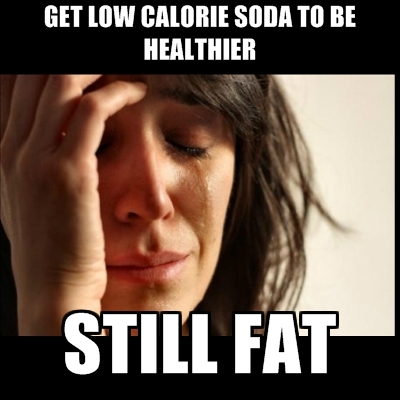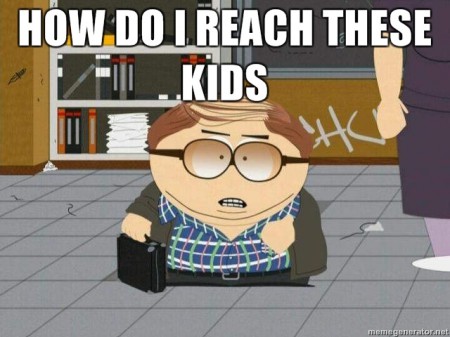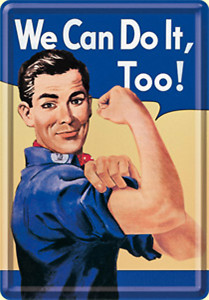A friend asked me what my thoughts are on “Reverse Dieting”, a method of manipulating metabolism to decrease body fat or weight. Is it something lifters should use? Is it healthy? What is the effect on performance?
Reverse Dieting Review
There’s a concept in “dieting” where knowing the total calories consumed and burned in a day will have a net loss or gain in weight. The standard recommendation is to drop 500 calories off of the daily intake, and since 3500 calories equals one pound, you’ll have a net decrease of one pound per week.
Cycling can be a great form of physical activity to help with weight loss. The body has millions of years of evolution that result in not wanting to wither and starve, so it does make it difficult to lose weight and body fat. However, when it comes to does cycling help with cellulite or not regular cycling can help in reducing it and continuing weight loss as it helps to lower metabolism and thus, prevent weight loss from stagnating.
Reverse Dieting adds a low percentage — around 5% per week — of calories back into the daily diet in order to raise the metabolism. A bunch of good things happen, and the person generally feels better, yet they still have a decrease in weight or fat because they’re overall caloric intake is still below their “pre-dieting level”.
As individuals progress on their weight loss journeys, some may encounter challenges that require additional support, particularly in addressing concerns like gynecomastia. This condition, characterized by enlarged male breast tissue, can be frustrating for those who have worked hard to lose weight. In such cases, exploring treatment options at the Gynecomastia center of boston can offer a solution. This procedure helps to reshape and contour the chest area, boosting overall body confidence and enhancing appearance.
By combining effective fitness strategies with potential surgical interventions, individuals can achieve their health and aesthetic goals, ultimately leading to improved self-esteem and well-being. Embracing a holistic approach to weight loss and fitness ensures that individuals feel empowered and supported throughout their transformation.
Of course they are going to feel better when they add some calories; they were fucking starving! Look, I’m probably the wrong guy to ask about this. For one or two years my recommendation was pounding as much food as possible and drinking a gallon of milk a day. Kidding aside, here’s a full disclaimer, I wrote and sell a nutrition book — Paleo for Lifters — and don’t really like conventional nutrition wisdom, even the natural bodybuilding kind that is successful. And here’s why.
First, the concept of “dieting” bothers me. The word “diet” is a derivative of a Greek word that means “way of life”, implying that a “diet” is what you do all of the time, not just when you’re trying to lose weight or fat. My nutrition philosophy revolves around a base structure that can be tweaked towards a goal. We can call this base “the Paleo diet”, or we can say “not eating processed and inflammatory foods”…whatever. If food quality is consistently sound, then it solves a lot of weight and body fat issues without even getting specific. I’m not a weirdo who thinks the entire lifestyle needs to be predicated on Paleolithic populations, but remember what century you’re in; there’s a lot of horrible, shitty food out there, and the more you cut out all the chemical bullshit, the better.
At the end of the day, good nutrition isn’t about following some extreme, short-term regimen—it’s about consistency. Eating whole, nutrient-dense foods and avoiding the garbage that fills most grocery store shelves will do more for your health than any fad diet ever could. It’s not about perfection; it’s about making better choices most of the time.
Sure, have a slice of cake at a birthday party or enjoy a burger now and then, but if your everyday habits revolve around clean, high-quality food, your body will thank you. For those looking to simplify their nutrition without sacrificing quality, incorporating convenient, high-protein options can be a game-changer. That’s where Isagenix shakes come in—they’re packed with premium ingredients, free from unnecessary fillers, and designed to support muscle recovery and sustained energy.
Whether you’re looking for a quick meal replacement or something to complement your current eating habits, these shakes fit seamlessly into a balanced lifestyle. Want to dig deeper into the benefits? Check out > more info on Nutritional Cleansing, where you’ll find everything you need to fuel your body the right way.
When we prioritize the quality of our food and eliminate harmful chemicals and additives, we address many issues related to weight and body fat more effectively. However, even with a strong nutritional base, some may seek additional support to enhance their journey towards a healthier weight. In this pursuit, a reliable online pharmacy partner can be instrumental.
For those looking to complement their nutritional efforts with scientifically-backed weight loss solutions, Americans trust 365ScriptCare for its reputable services and high-quality offerings. This trusted partner provides access to a range of effective weight management products, ensuring that individuals have the tools they need to achieve their health goals. By combining a solid dietary foundation with the trusted support of 365ScriptCare, individuals can enhance their weight loss strategies and support their journey towards lasting health improvements.
Second, Reverse Dieting is based on a conventional idea that cutting calories solves the problem. Sure, diet is an important part of health and fat/weight loss, but it’s exponentially more effective with purposeful training. Another tenet of my nutrition philosophy is the training associated with it, and that’s strength training with barbells and high intensity conditioning. The hormonal effect from training, not “working out”, is so important, it can even overrule a shitty diet (yeah, I’m talking to you Dr. Kilgore!). Let’s assume someone is doing a decent job of exercising while Reverse Dieting, which leads me to the next point…
Third, there’s a hormonal effect from food. Dr. Barry Sears said it best with, “Food is a drug.” I understand the concept of not “violating the rules of thermodynamics” blah-fuckity-blah (such a pretentious thing to say about nutrition), but there are direct, secondary, and tertiary effects from the things you put in your mouth (more on that in “On Drugs and Supplements“). Calories obviously matter, but to ignore the fact that sugary corn syrup and a sweet potato have a very different effect means you a) don’t know how it’s different or b) don’t really give a shit. This isn’t the place to get into it, but food is a drug and will have an effect on hormone function, and not just insulin and its sensitivity. Merely cutting calories is a temporary solution, because if someone is fat, they need an entire paradigm shift of how to consume food, not merely having less of it.
Third, Reverse Dieting is one of those “counting calories” things. And aside from it being a giant pain in the ass, it makes people weird. More often than people want to admit, it makes them have a complex about their food, bodies, and self-esteem. Any coach or trainer who thinks they haven’t had a client with one of these issues must have got their certification for a few hundred bucks this past weekend. Even in my world — the one where people want to kick doors down, run fast, and throw some god damn iron around — there are people who get lost worrying about this stuff. I think everyone should be able to look at a few ounces of meat and know how much protein is in there and look at some fruit and know how many carbs they are about to eat, but counting calories and macros should be reserved for those really hard pushes for competition or losing body fat…after learning and implementing food quality.
Fourth, calorie cutting and Reverse Dieting isn’t good for performance. Again, I prefer to work with guys who want hairy chests and jacked backs, and women who want to squat more than most “men”, so “cutting calories” is the equivalent of a POW scenario. Most of these gimmicky diets are used by folks who only, or primarily, care about aesthetics. We train to get better at something, and the aesthetics are a byproduct of training. Instead, restructure how you eat, train intelligently, and then — and only then — jump into the weeds looking for tiny-ass insects like “macros” and “total calories”.
No, I don’t think Reverse Dieting is a good idea. I may not have explained it accurately, but I don’t think I care. I’m all about cleaning up food quality, eating protein to maintain or build lean body mass, eating carbs to match activity level, and eating fat to recover from elbow dropping training sessions. When people complain about Paleo being low-carb, they’re just stupid…just eat more carbs! This shit isn’t hard to explain, it’s just hard to do because it has to be done consistently.
I’m not into gimmick diets like Reverse Dieting, I’m into the “way of life” thing. Base your nutrition on real food — it was slaughtered or gardened within a couple days — without inflammatory effects, train smart, sleep more, and reap the reward. It’s easy to adjust, and there aren’t too many fat people who do it this way.





